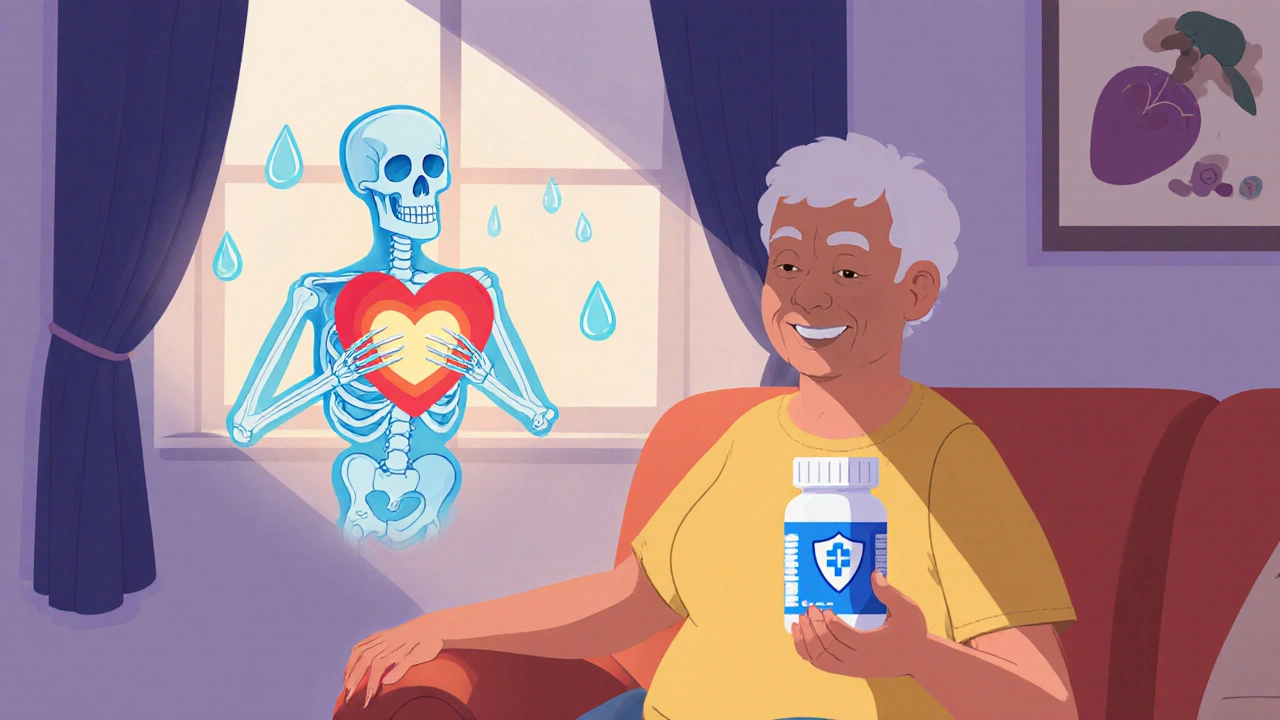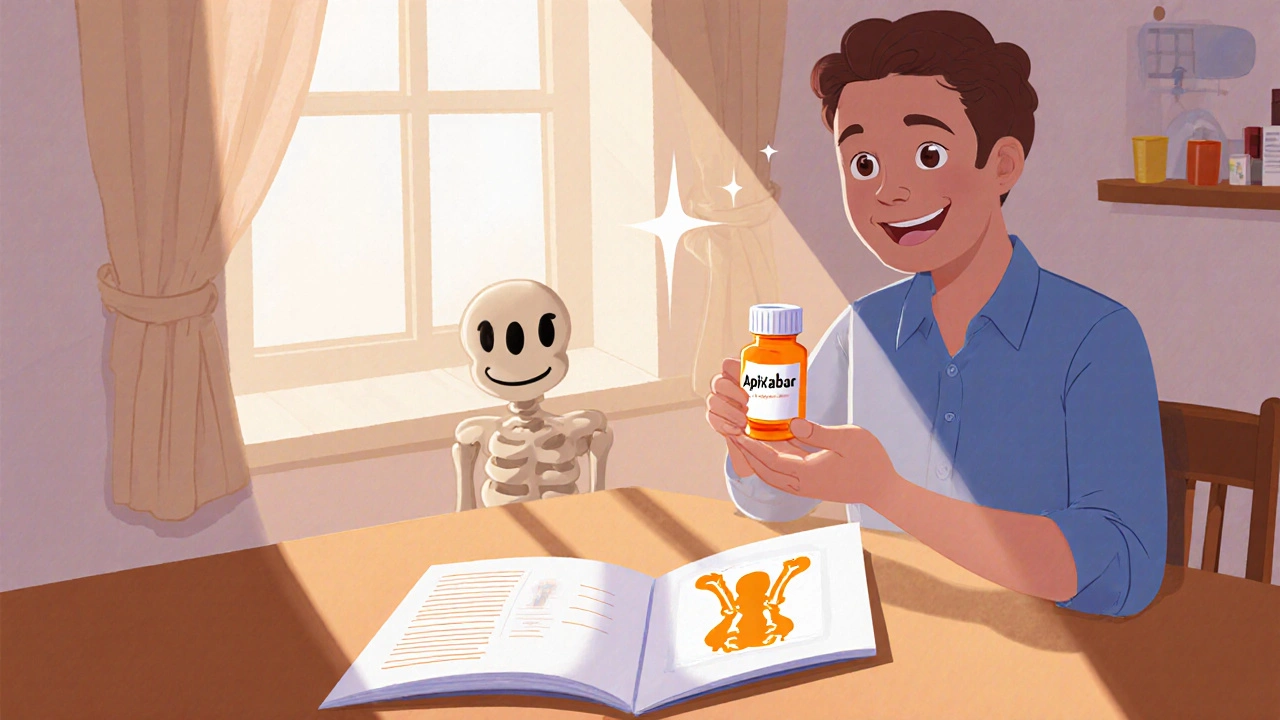Osteoporosis Risk: What Drives It and How to Lower It
When thinking about osteoporosis risk, the chance of developing weak, porous bones that break easily. Also known as bone loss susceptibility, it grows with age, hormonal shifts, and lifestyle habits. Low bone density, a measure of mineral content in your skeleton is the most direct indicator, while insufficient calcium, the mineral that builds bone structure and lack of vitamin D, the nutrient that helps absorb calcium amplify the danger.
Key Factors That Heighten Osteoporosis Risk
Osteoporosis risk isn’t just about getting older; it’s a web of interrelated factors. Hormonal changes, especially the drop in estrogen during menopause, shave away the protective effect estrogen has on bone remodeling. Women can lose up to 20% of bone mass in the first five years after menopause, turning a subtle decline into a rapid slide toward fragility. Men aren’t immune—testosterone drops with age, and low levels can also lower bone density. Chronic use of glucocorticoids (steroid medicines) raises the risk dramatically by suppressing bone formation and increasing resorption. Even common drugs like proton‑pump inhibitors or certain anticonvulsants interfere with calcium absorption, nudging the scales toward weakness.
Beyond hormones and meds, everyday habits matter. Weight‑bearing exercise—think walking, jogging, resistance training—stimulates bone cells to lay down more mineral, effectively boosting density. In contrast, a sedentary lifestyle lets bones sit idle, losing strength over time. Smoking introduces toxins that impair blood flow to bone tissue, while excessive alcohol interferes with the body’s ability to form new bone. A diet high in processed foods and low in fruits, vegetables, and lean protein deprives the skeleton of the building blocks it needs.
Nutrition isn’t just calcium and vitamin D; magnesium, phosphorus, and vitamin K2 play supporting roles. Magnesium helps convert vitamin D into its active form, while vitamin K2 directs calcium to the right places—your bones, not your arteries. A balanced intake of these micronutrients can tip the odds in your favor, especially when paired with adequate protein, which supplies the amino acids necessary for the bone matrix.
Detecting risk early is crucial. The gold‑standard test, a dual‑energy X‑ray absorptiometry (DXA) scan, provides a precise snapshot of bone mineral density and flags those on the cusp of fracture. If the scan shows low scores, doctors often recommend a combination of lifestyle tweaks and, when needed, prescription meds like bisphosphonates or newer agents that help rebuild bone. Supplements—calcium carbonate or citrate, vitamin D3, and sometimes magnesium—can fill dietary gaps, but they work best when paired with movement and a healthy weight.
All these pieces—hormones, nutrition, activity, medication, and screening—fit together like a puzzle of bone health. Below you’ll find articles that dive deeper into each of these areas, from practical diet tips and exercise routines to medication comparisons and the science behind bone‑strengthening supplements. Use this curated list to spot the gaps in your own regimen and take concrete steps toward a sturdier, fracture‑free future.
Apixaban and Osteoporosis Risk: Essential Facts
Learn how apixaban may affect osteoporosis risk, see the latest research, compare it to warfarin, and get practical tips to protect bone health while on this blood thinner.
Apixaban and Osteoporosis Risk: Essential Facts
Learn how apixaban may affect bone health, what studies show about osteoporosis risk, and practical steps to monitor and protect your bones while on this anticoagulant.
© 2025. All rights reserved.


